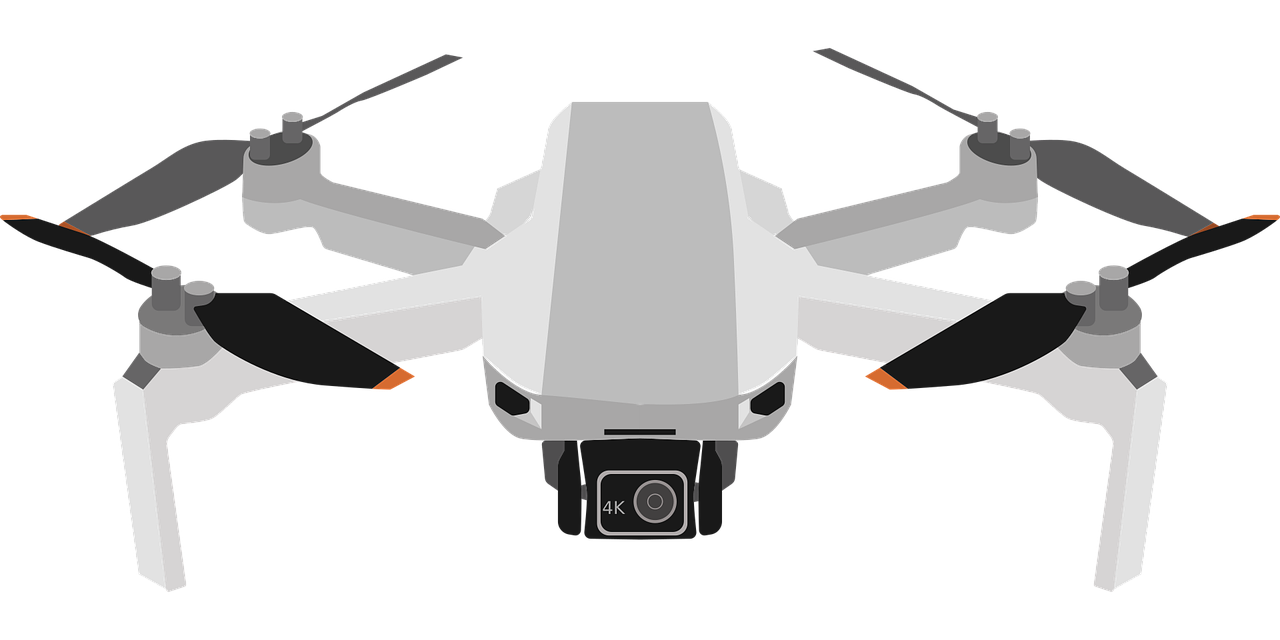I’ve recently purchased a DJI Avata, and I’ve been reading about the different “hacks” to enable higher power modes and additional channels for the O3 system.
I understand that CE mode is specifically for European countries with more restrictive power limitations. I’m in the USA, so I apparently my drone is in “FCC mode” by default. I’m specifically curious about “Ham mode,” though. I am a licensed ham radio operator, which means that legally, I can use frequencies and power levels that are outside the range of normal Part 15 devices. In general, the regulations state that my transmissions must be unencrypted, I must transmit my callsign every 10 minutes, and I’m limited to 1.5kW (which is obviously far less than any drone would use). Is there a firmware hack that allows this?
I’m not trying to break the line-of-sight rules, but if I can enable a mode that would allow me to get better signal fidelity within the FCC and FAA regulations, I’d like to try it. Even a little bit of extra power can make a significant difference in certain cases.


deleted by creator